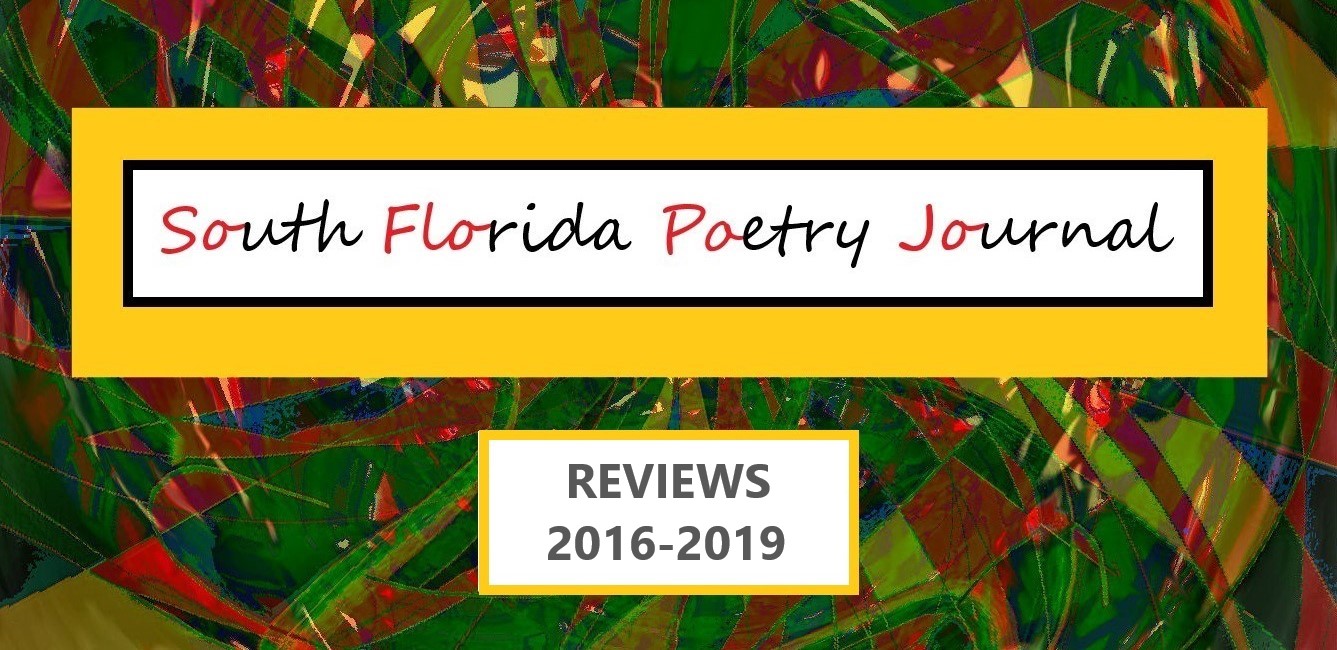SoFloPoJo Contents: Home * Essays * Interviews * Reviews * Special * Video * Visual Arts * Archives * Calendar * Masthead * SUBMIT * Tip Jar
South Florida Poetry Journal's staff reviewers choose the books they want to review. Neither management, nor editors, assign books to review. Poets & Writers however, has a list of journals that considers reviews. Click here to go there.
